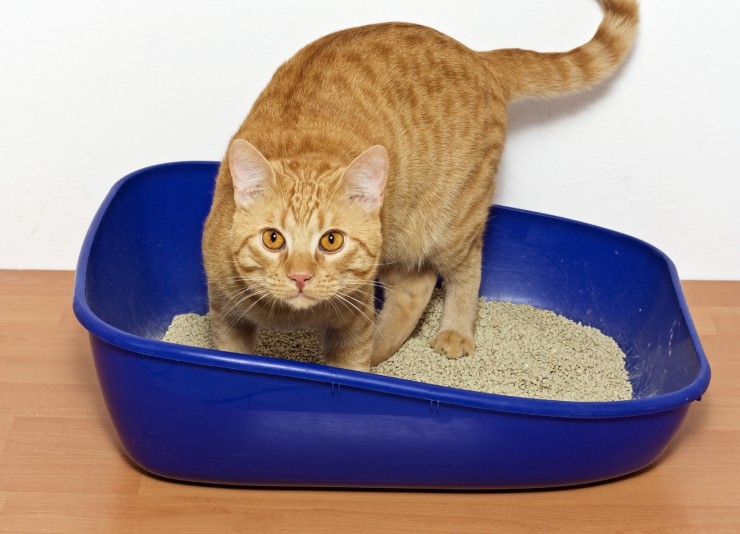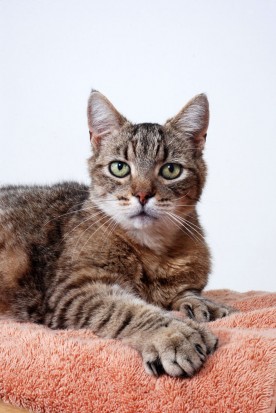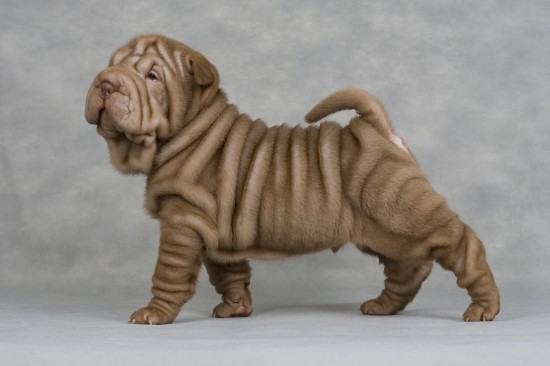When it comes to the keeping and breeding of cats, particularly pedigree breeds, then the people that keep track of the different breeds work for a cat registry. There are many around the world, some that are regional, some that are for a certain breed and some that are international. Here is a look at the world of the cat registry.
What is a registry?
In its most basic form, a cat registry is an organisation that registers cat for both breeding and exhibition purposes. It stores their pedigrees, or their genealogies, along with information about catteries, studbooks (a list of authorized studs of recognized breeds) along with information about the different breeds and its standards. They also list judges qualified to operate at shows, though these judges can be affiliated with more than one registry. A cat registry isn't a cat club or a breed society and these may also be affiliated with a number of different registries.
History
The first registry was the national Cat Club that was founded in 1887 in England and until the foundation in 1910 of the Governing Council of the Cat Fancy, was the governing body of the cat fancy in the country. The Cat Club was set up in 1898 but was replaced by the Cat Fanciers Association in 1903. At this time, cats could be registered with one or the other but not with both. However, the two merged in 1910 to become to GCCF.
In the US, the 1899 Chicago cat show resulted in the creation of the Chicago Cat Club as the first registry in the country. In 1906, the American Cat Association was founded and became the main US registry, becoming the Cat Fanciers Association (CFA) in 1908.
Since this time, a large number of registries have been founded around the world. The largest international registry is now the Federation Internationale Feline (FIFe), which is a worldwide federation of cat registries. Similarly, the World Cat Congress (WCC) is an international coordinating organisation of the largest registries and operates an 'open doors' policy that allows cats to be registered with more than one registry.
Some independent registries specialize in types of cat that aren't accepted in the main registries for one reason or another. One example is the Dwarf Cat Association, which recognizes breeds that are derived from the short-legged Munchkin breed (a genetic mutation in the cat body type) which are banned by FIFe while the Rare and Exotic Feline Registry specializes in cats that are the offspring of wildcat and domestic matings.
Recognition Levels
Most of the different registries use a similar method to recognize levels of breeds, often called registers. These include:
* Full - a breed that can compete for championship titles at shows
* Provisional/preliminary - a breed that hasn't yet shown they breed true to registered standards and can come in a range of levels such as new or advanced
* Experimental - provisional register for breed that are being developed, separate to provisional
* Exhibition only - a new trait, import or a minor variety that is exhibited to increase interest but doesn't compete in the show
* Registration only - cat that is registered but cannot be exhibited
Many registries have a Genetic Register to be used for breeds where a genetic test is required before cats can be bred. Any cats that have not been cleared through testing remain on this register until a negative test is provided.
Registries can refuse any breed for a number of reasons including:
* Not genetically sound
* Doesn't breed true to the standard in place, allowing for variants
* Not available in sufficient numbers or isn't distinct from existing breeds
Some registries are considered more progressive than others are; TICA is one that will allow the registration of breeds derived from crossing existing breeds, mutations to existing breeds and naturally occurring breeds from a certain geographical location.

 Why Won’t My Cat Use Their Litter Tray?
Why Won’t My Cat
Why Won’t My Cat Use Their Litter Tray?
Why Won’t My Cat
 Full Coated Yorkshire Terriers: How To Groom & Bath Them
Full Coated Yorks
Full Coated Yorkshire Terriers: How To Groom & Bath Them
Full Coated Yorks
 Polydactyl Cats - The Cats With Thumbs!
Polydactyl Cats -
Polydactyl Cats - The Cats With Thumbs!
Polydactyl Cats -
 3 Smart Ways Of Making Sure Your Pet Is Happy When Youre Not Around!
3 Smart Ways Of M
3 Smart Ways Of Making Sure Your Pet Is Happy When Youre Not Around!
3 Smart Ways Of M
 Health And Care Of The Shar Pei Dog
Health And Care O
Health And Care Of The Shar Pei Dog
Health And Care O